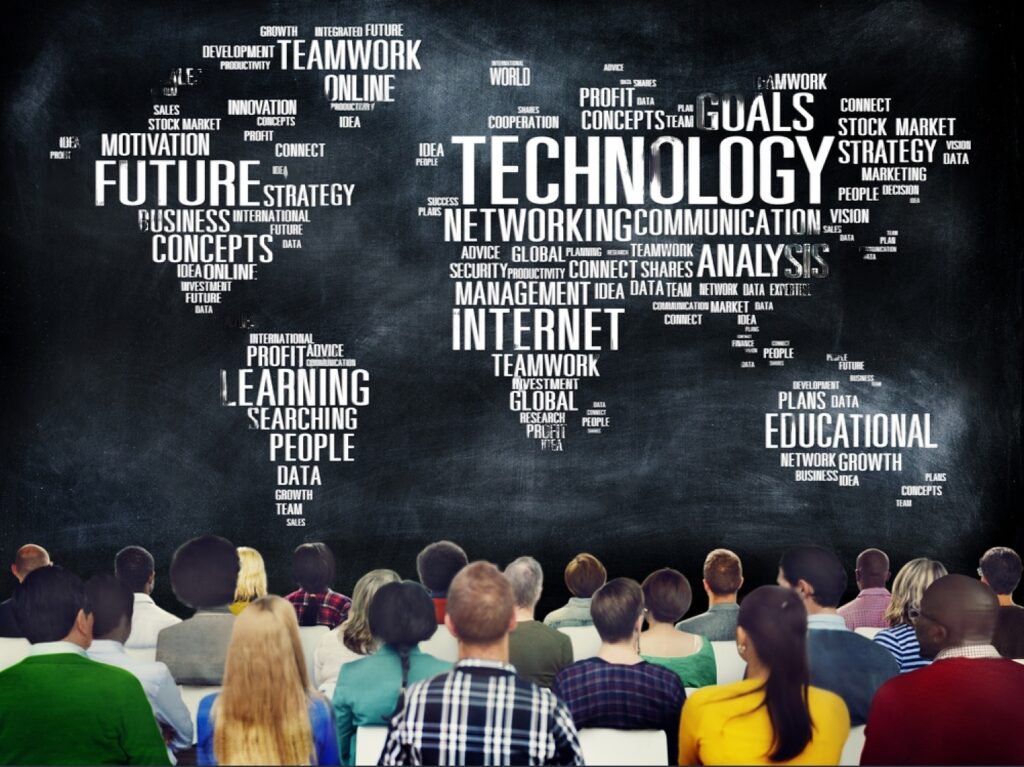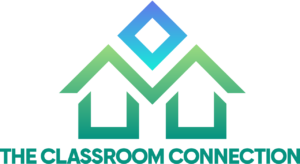
In today’s digital age, education is undergoing a remarkable transformation, thanks to the integration of technology in classrooms. This blog explores the benefits and importance of embracing technological advancements in education, empowering both educators and students to reach new heights of learning and engagement.
I. The Role of Technology in Education
Technology integration has become increasingly important in modern classrooms. It goes beyond the traditional textbook approach, offering students dynamic and interactive learning experiences. Research consistently shows that technology has a positive impact on education, enhancing student outcomes and preparing them for the challenges of the 21st century.
II. Technological Advancements in the Classroom
Interactive whiteboards and smart boards: These innovative tools replace traditional blackboards, enabling teachers to create engaging multimedia lessons. Students can interact directly with the content, promoting active participation and knowledge retention.
Educational apps and software: With a vast array of educational apps and software available, students can access interactive lessons, quizzes, and simulations that cater to their individual learning styles. These tools make learning more engaging and personalized.
Online learning platforms and virtual classrooms: Online platforms provide opportunities for remote and distance learning, allowing students to access education regardless of their location. Virtual classrooms facilitate collaboration, discussion, and real-time interaction among students and teachers.
Adaptive learning systems and personalized education: Adaptive learning systems utilize algorithms to tailor instruction based on individual student needs. This personalized approach helps students learn at their own pace and ensures that their unique requirements are met.
III. Benefits of Embracing Technology in Education
Enhanced student engagement and motivation: Technology stimulates curiosity and creativity, making learning more enjoyable and captivating. Interactive elements, gamification, and multimedia resources keep students actively involved, fostering a love for learning.
Individualized and differentiated instruction: Technology allows for personalized learning experiences, catering to students’ diverse needs and abilities. Adaptive systems and educational apps provide targeted instruction, ensuring that every student receives the support they require.
Improved collaboration and communication: Technology breaks down barriers and enables seamless communication and collaboration among students and teachers. Online platforms, discussion boards, and video conferencing tools encourage teamwork, critical thinking, and idea sharing.
Access to a vast range of educational resources: The internet provides limitless educational resources, including e-books, online libraries, educational videos, and virtual tours. Students can explore different perspectives, delve into research, and broaden their knowledge beyond traditional classroom resources.
IV. Overcoming Challenges and Concerns
Addressing the digital divide and ensuring equal access to technology: It is essential to bridge the digital divide and provide equal opportunities for all students. Schools and communities must work together to ensure access to devices, reliable internet connectivity, and technological training for students from diverse backgrounds.
Nurturing digital literacy skills among students and teachers: To make the most of technology, students need to develop digital literacy skills. Schools should incorporate digital literacy education into the curriculum and provide professional development opportunities for teachers to enhance their technological competencies.
Managing screen time and balancing technology with traditional teaching methods: Striking a balance between screen time and other learning activities is crucial. Teachers should integrate technology purposefully, ensuring that it complements and enhances face-to-face interactions and hands-on learning experiences.
V. Successful Examples of Technological Integration in Education
Real-life success stories demonstrate the transformative impact of technology in education. Schools and educators across the globe are leveraging technology effectively to enhance student engagement, achievement, and overall educational experience. Here are some notable examples:
Case studies of schools or institutions effectively leveraging technology: Highlight schools or institutions that have embraced technology and witnessed improved student outcomes. Discuss specific strategies, tools, and the positive impact on teaching and learning.
Teacher testimonials and success stories: Share stories of teachers who have embraced technology and witnessed increased student engagement and motivation. Explain how they have successfully integrated technology into their classrooms and the benefits they have observed.
Student achievements and growth through technology-enabled learning: Showcase student achievements resulting from the use of technology in the classroom. Highlight how technology has empowered students to take ownership of their learning and achieve academic success.
VI. Best Practices for Implementing Technological Advancements
To ensure successful integration of technology in the classroom, it is important to follow best practices:
Professional development for teachers: Provide ongoing professional development opportunities to equip teachers with the knowledge and skills necessary to effectively use technology in their instruction.
Planning and designing technology-rich lessons: Encourage teachers to design lessons that incorporate technology intentionally, aligning with learning objectives and catering to students’ needs. Focus on interactivity, collaboration, and engaging multimedia elements.
Evaluating and selecting appropriate educational technology tools: Help educators navigate the vast landscape of educational technology by providing guidance on evaluating and selecting tools that align with their instructional goals and offer proven educational benefits.
Continuous assessment and improvement of technology integration: Encourage regular assessment and reflection on the effectiveness of technology integration. Collect feedback from students, parents, and teachers to make informed decisions and continuously improve the learning experience.
Takeaway
Embracing technological advancements in the classroom empowers education and prepares students for a rapidly changing world. By leveraging the benefits of technology, educators can create engaging learning environments that foster collaboration, personalized instruction, and the development of essential 21st-century skills. Let us embrace the power of technology in education and embark on a journey of empowered learning for all.





